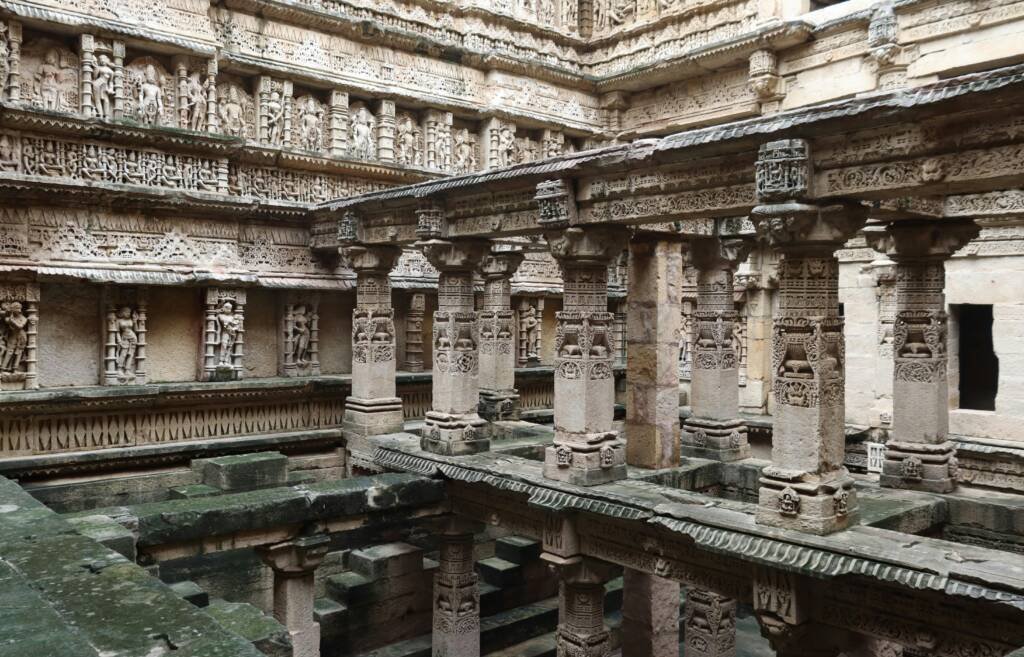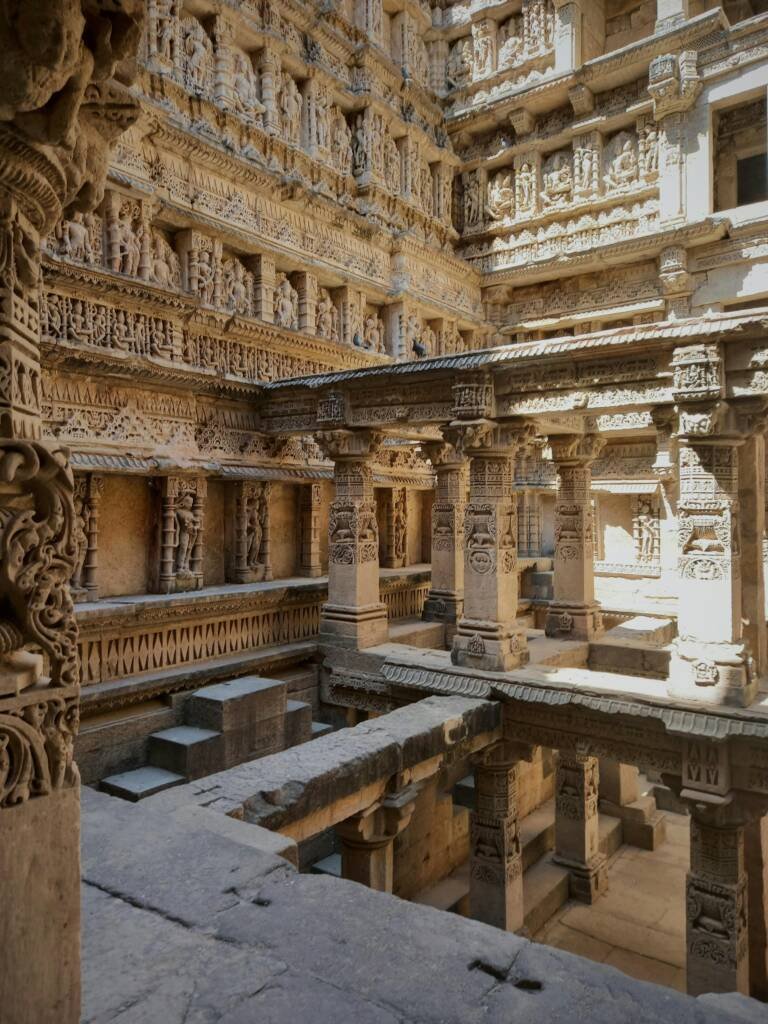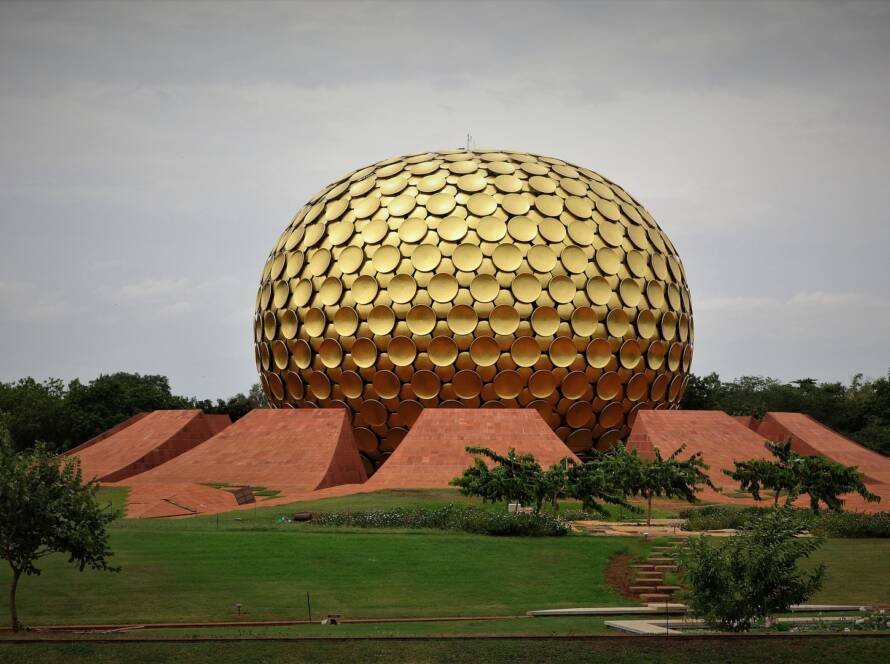In the quiet town of Patan in Gujarat lies a hidden jewel of India’s architectural heritage—Rani ki Vav, or The Queen’s Stepwell. This is not just a water reservoir; it is a subterranean temple, an ode to feminine power, and a marvel of engineering brilliance that dates back to the 11th century. Carved deep into the earth, Rani ki Vav invites you not just to descend its stone steps, but to journey into India’s soul—where art, faith, science, and womanhood are harmoniously entwined.
Commissioned by Queen Udayamati, in memory of her husband, King Bhimdev I of the Solanki dynasty, Rani ki Vav is a rare monument built by a woman and for a man—yet it is undeniably feminine in spirit. The very structure seems to whisper stories of Shakti, of resilience, and of sacred creativity. Every carved figure, every sculpted niche echoes with the reverence of the divine feminine.


At first glance, Rani ki Vav astounds with its sheer scale—seven levels of intricately carved galleries descend over 65 meters into the earth. But what makes it truly extraordinary is the way spirituality and functionality merge seamlessly. While its primary purpose was to provide water, it was also a meditative space, a cool refuge in the scorching summers, and a temple celebrating Vishnu in his many forms. As one descends, the mundane slowly gives way to the divine—symbolizing the spiritual journey from the earthly realm to moksha (liberation).
The walls of this stepwell are adorned with over 800 masterfully sculpted panels, each telling a tale from Hindu mythology. You will find avatars of Vishnu, celestial nymphs, sages, and guardians of water—all carved with astonishing detail and grace. But perhaps most captivating is the presence of goddess motifs—Lakshmi, Saraswati, and the nurturing mother form—quietly affirming the sanctity and strength of the feminine spirit that this monument embodies.
What makes Rani ki Vav even more remarkable is its hydrological ingenuity. Designed to harvest rainwater and store it efficiently, its construction reflects the deep understanding our ancestors had of ecology and sustainability. In an age where climate resilience is crucial, Rani ki Vav offers timeless lessons in water conservation, environmental harmony, and community-centered design.

Cultural Significance and Legacy
In 2014, UNESCO rightly recognized Rani ki Vav as a World Heritage Site, calling it “an exceptional example of technological development in utilising ground water resources.” But beyond its title and tourism appeal, Rani ki Vav is a sacred threshold—a space where architecture becomes poetry, where water becomes wisdom, and where a queen’s love becomes eternal legacy.
For those seeking to reconnect with India’s roots—not just through dates and dynasties, but through emotion, purpose, and ingenuity—Rani ki Vav is not just a monument. It is an experience. A descent into heritage. A stepwell to the soul.



